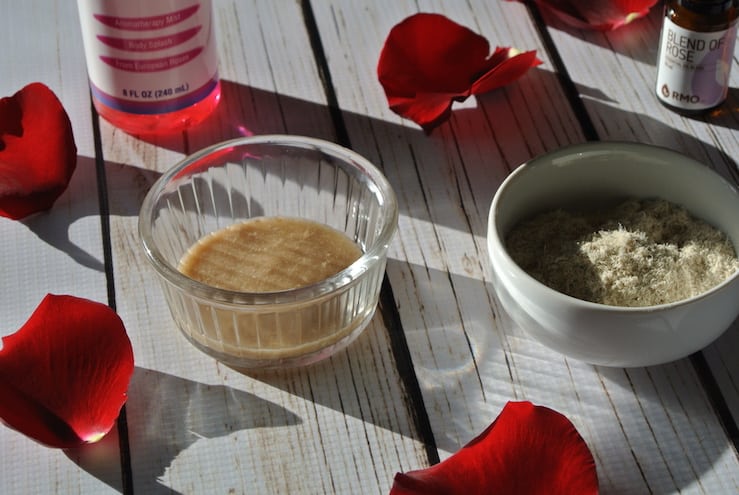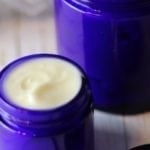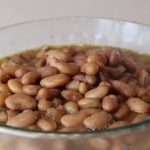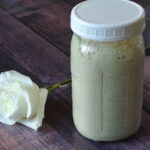Spring is finally in the air. Just around the corner, flowers will be popping up in my garden. One of my favorite uses for flowers like calendula, chamomile, and rose, is to make flower oils. Flower oils are a way to add amazing healing properties to the oils you use for salves, creams, and even serums! They are super simple to make–they just require a little planning. Since you do need to have a plan once those beautiful little blossoms pop up, I figured now was the perfect time for this post.
How to make flower oils:
Fill a jar 3/4 of the way with freshly picked flowers/petals. The best time to pick the flowers is in the morning just after the sun has dried the dew from them. Fill the jar with your favorite carrier oil. My favorites and their benefits are listed here. Put a lid on your jar and wait 3 or 4 weeks. Give the jar a shake daily. So easy! Once your oil has steeped for 3-4 weeks, strain the flowers out and compost them.
Benefits of specific flowers:
Calendula is very healing to the skin. This flower oil works great in salves for dry cracked skin, but it is also great in a daily face cream! These beautiful little flowers can lower inflammation in the skin which is great for conditions like eczema, psoriasis, rosacea and even acne. Calendula increases the blood flow to skin cells, provides antioxidants which can slow down outer signs of aging such as wrinkles and age spots. As a bonus, Calendula flowers have antibiotic properties. Be sure to add the whole flower head when making your flower oil.
Roses: These petals are amazing when used in skincare products.They hydrate, soothe, and replenish the skin. Like Calendula, they are antibacterial and anti-inflammatory. Their natural oils help maintain moisture in the skin. Roses are a natural astringent, so they tighten pores and give the face a smooth glow. My favorite part of using roses in skincare, however, is the aromatherapy benefits. One whiff of rose relaxes me like no other flower. Use only the petals when making your rose flower oil.
Chamomile: I just adore this flower! The first thing that may come to your mind when you think of chamomile is tea, but it is fantastic for skin as well. It is anti-fungal, antibacterial, anti-inflammatory, antiseptic and it neutralizes the free radicals in skin irritants. Use the whole flower head when making a chamomile flower oil.
Lavender: Another flower that not only smells amazing, but works wonders on the skin. This blossoms is another that is great for eczema, psoriasis, and acne because of its anti-inflammatory properties. Just like Calendula, lavender is very healing.
Neroli (orange blossom): If you are lucky enough to live in a place that has orange trees growing outside, this is an excellent flower for making a flower oil. Neroli blossoms smell amazing. They run a close second to roses for me. They are astringent, like roses, and tighten pores. Orange blossoms are naturally exfoliating so they reduce the appearance of fine lines and wrinkles as well as giving you a glow. They are also antiseptic, antibacterial, and anti-inflammatory, making them perfect for irritated skin or acne.
Using your flower oils:
My favorite way to use my flower oils is to make a face cream. Go here for my favorite recipe. I also like to use them in my DIY Customized Face Serum. My next adventure will be to make a salve. This recipe from Grow Forage Cook Ferment looks fantastic!
No garden? No time? Check out these great products: Calendula salve, Rose Face Cream, Chamomile Eye Cream, and Lavender Body Butter.
Let me know if you try making your own flower oils!




















